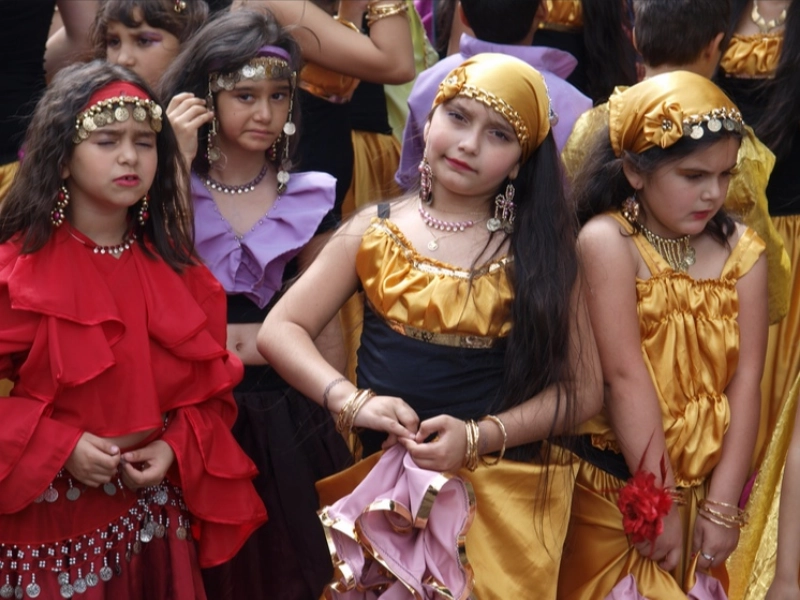
Understanding the Diversity of the Romani People
Contrary to common misconceptions, the term "Gypsies" encompasses a rich tapestry of distinct nations and ethnic groups, rather than a single homogenous community. This label includes various groups such as Slavs and Caucasians, each with their unique cultural identities, languages, and traditions.
The Romani people, often referred to collectively as Gypsies, originate from diverse backgrounds and have migrated across Europe and beyond over centuries. This migration has resulted in a wide range of cultural practices and social structures that vary significantly from one group to another.
Each subgroup within the Romani community possesses its own history, customs, and societal norms, reflecting the regions they inhabit. For example, some groups may have adopted local languages and traditions, while others maintain distinct cultural practices that have been preserved over generations.
Understanding this diversity is crucial for appreciating the complexities of Romani identity. It challenges the oversimplified view that all Gypsies share the same lifestyle and beliefs. By recognizing the multitude of nations and cultures that fall under the umbrella of "Gypsies," we can foster a deeper respect for their rich heritage and the unique contributions they make to the broader cultural landscape.
In summary, the term "Gypsies" refers to a diverse array of nations and ethnic groups, including Slavs and Caucasians. Acknowledging this complexity is essential for a more accurate understanding of the Romani people and their vibrant cultural identities.